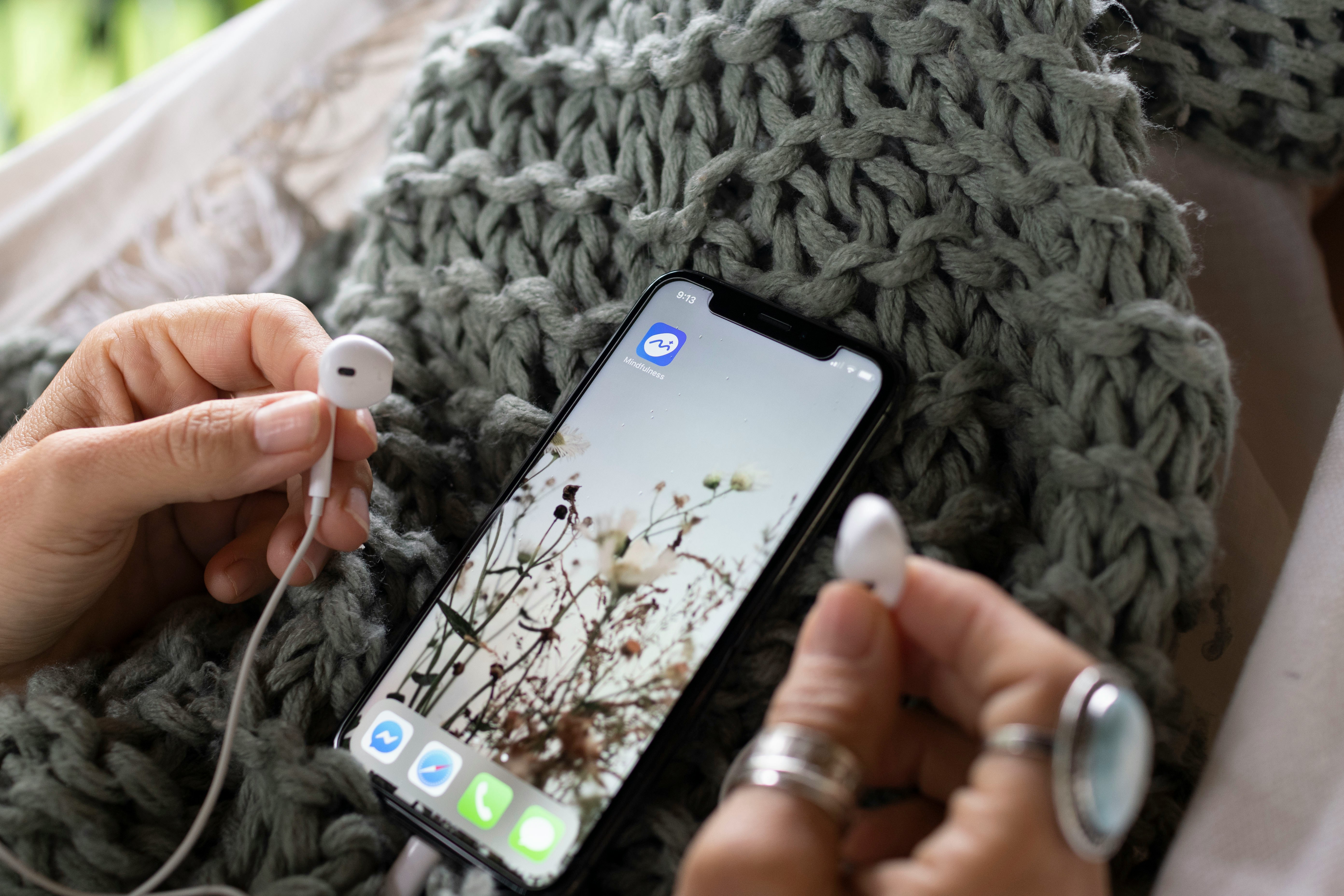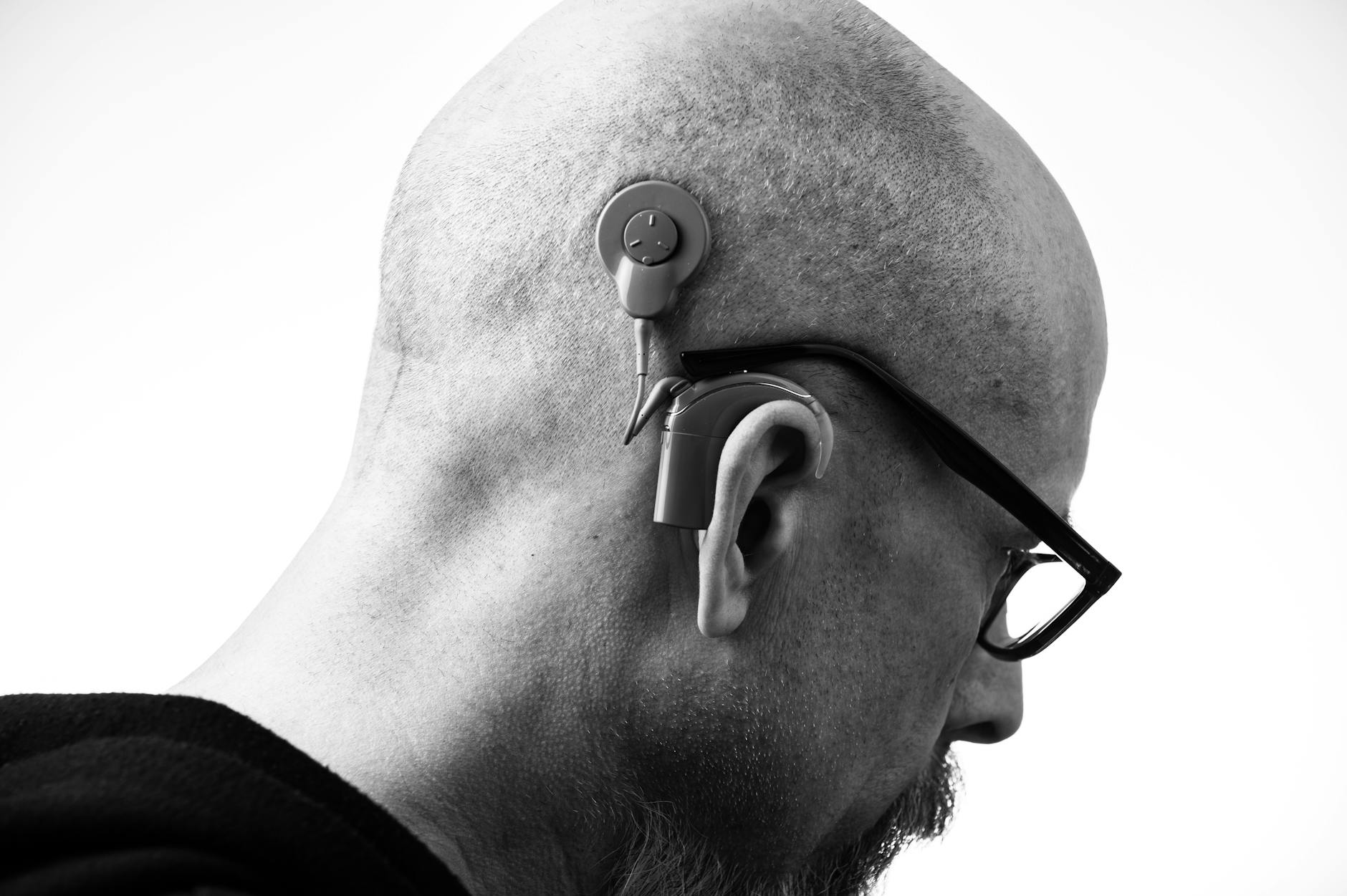If you’ve been turning up the TV, asking “what?” more often, or avoiding lively restaurants, you might be a perfect candidate for today’s over‑the‑counter (OTC) hearing aids. They’re legal to buy without a prescription in the U.S., designed for adults with perceived mild to moderate hearing loss, and can be genuinely life‑improving—when you match the right device to your ears and set it up thoughtfully. This guide shows you how to choose, self‑fit, and succeed, and when it’s smart to loop in an audiologist.
What “OTC” Hearing Aids Actually Are (and Who They Help)
In 2022, the FDA created a new class of hearing aids you can purchase online or in stores without a hearing test or clinic visit. These OTC devices are intended for adults (18+) who sense they have mild to moderate hearing difficulty—think softer voices, group conversations, or TV dialogue—not for severe loss or complex ear conditions.
Signs you might fit the OTC profile
- You hear okay one‑on‑one in quiet, but struggle in restaurants, meetings, or when the speaker isn’t facing you.
- TV is creeping louder than your family prefers.
- You often ask for repeats but still catch some of the conversation.
- Both ears seem similarly affected.
Red flags that point to medical care first
Before you buy, pause and get medical attention if you notice any of the following:
- Sudden hearing loss (hours to a few days).
- Ear pain, drainage, or bleeding.
- Severe dizziness or spinning (vertigo).
- One ear much worse than the other (asymmetry).
- Pulsing or one‑sided tinnitus.
- A history of ear infections, surgery, or a “fullness” that comes and goes.
If any of these apply, consult an ENT or audiologist. If not, OTC may be worth a try.
A Quick Self‑Screen Before You Buy
Even without a clinic visit, you can sanity‑check your hearing at home:
- Try a reputable online hearing screener with headphones in a quiet room. It won’t diagnose you, but it can reveal if your thresholds look mild to moderate and fairly similar between ears.
- Ask a partner to read a short paragraph while you face away; estimate how many words you miss. Then repeat facing each other and in light background noise. If performance collapses even in quiet, or one ear clearly lags, a professional evaluation is wise.
Many audiology clinics offer affordable baseline testing, even if you ultimately choose an OTC path. A clear picture of your hearing pattern can help you pick features that fit your needs.
How to Choose an OTC Hearing Aid That Won’t Disappoint
OTC models vary widely. Look for real, useful features—not just buzzwords.
Must‑have features
- In‑app hearing check or in‑situ “self‑fit”: The device measures your hearing through the earbuds and tunes itself.
- Fine‑tuning bands (at least 3–5 frequency bands): Lets you nudge bass, mid, and treble for speech clarity without over‑boosting.
- Feedback manager: Automatically reduces whistling when you cup your ear or hug someone.
- Multiple mic modes: “All‑around,” “speech focus,” and a “restaurant” or “noise” mode.
- Open‑fit options (vented domes): Reduce that stuffy, boomy “in a barrel” voice and help with natural sound.
Nice‑to‑have features
- Bluetooth streaming for calls and music (handy, but not essential for hearing benefit).
- Directional control in the app: Aim the microphones forward or to the side in tricky situations.
- Find‑my‑device, cloud backups, and remote support.
- Accessory support: A simple remote microphone can transform noisy dinners and lectures.
Practicalities that matter more than you think
- Return window of at least 45 days: You need real‑life trial time. Confirm if return shipping is free.
- Warranty: Aim for 1 year minimum and check for loss/damage options.
- Battery approach: Rechargeable is easy; disposable size 312/10 is lighter and great for long trips. Match to your lifestyle.
- Physical comfort: Try different ear tip sizes and styles. Secure and comfortable beats tiny and flashy.
The 60‑Minute Self‑Fit: A Step‑by‑Step Setup That Actually Works
Block an hour. Bring patience and a notepad. The goal isn’t loudness—it’s clarity and comfort.
1) Start clean and quiet
- Inspect your ears. If you see a wax plug at the entrance, use softening drops and try again in a day—or let a professional remove it. Don’t dig with cotton swabs.
- Pick a quiet room. Put your phone in Do Not Disturb.
2) Choose the right eartips
- Begin with open or vented domes for a natural own‑voice and less “plugged” feeling.
- Switch to a slightly larger tip if the device feels loose or feedback squeals. Go smaller if you feel pressure.
3) Run the in‑app hearing check
- Follow the prompts and keep the tips snugly sealed in your ears.
- Repeat once to confirm consistency.
4) Let the app auto‑fit, then fine‑tune
- Start with the manufacturer’s recommended profile for “New Users” or “Comfort.”
- Have a friend read a newspaper paragraph while you face them. Slowly adjust the “clarity/treble” slider until consonants (F, S, T, P) pop without sounding hissy.
- Now test in light background noise (soft music or fan). Try the “restaurant/noise” program and tweak to regain crisp speech without making life sound harsh.
5) Tame your own voice
- If your voice booms, try a more open tip or reduce low‑frequency gain slightly.
- Lower overall volume a notch instead of cranking down bass alone; re‑add a bit of treble if needed.
6) Set safe limits
- Make sure the “maximum output” or “loud sounds” setting isn’t at max. Comfort in loud clatter matters for long‑term use.
7) Save multiple environments
- Create at least three programs: Everyday, Restaurant, and Outdoors/Wind. Label them clearly.
- Enable any “automatic” switching if the device offers it; you can always override manually.
8) Field test for a week
- Wear them most of the day. Aim for 6–8 hours daily during the trial.
- Keep quick notes: Where was speech easiest? Where did you strain? Bring these data back to the app adjustments—or a professional if needed.
Common Mistakes That Kill Results (And Easy Fixes)
- Chasing loudness over clarity: If everything is louder but muddy, lower overall gain and add a touch of treble.
- Using closed tips by default: Great for bass but can cause “boomy” voice and more occlusion. Start open; close only if feedback or noise control demands it.
- Ignoring left/right differences: If your left ear consistently struggles, adjust side‑specific gain or seek a hearing test.
- Skipping feedback calibration: Run it after changing tips or glasses/hat styles.
- Never cleaning: Wipe devices nightly, swap wax guards when sound drops, and use a dry box if you sweat or live in humidity.
Accessories That Multiply Performance
Small add‑ons can make a big difference in tough listening spots.
- Remote microphone: Place it near a talker in noise, clip it to a presenter, or set it on a restaurant table. It’s the single best upgrade for group situations.
- TV streamer: Sends clear audio to your hearing aids while keeping the room at a normal volume.
- Dehumidifier/dry box: Reduces moisture‑related glitches and extends device life.
- Smartphone tools: Live captions, sound recognition alerts, and custom shortcuts can reduce strain.
When OTC Isn’t Enough
OTC hearing aids are not a compromise—they’re a smart option for the right profile. But sometimes you need more horsepower or precision.
Consider seeing an audiologist if:
- You still struggle to understand speech in quiet after careful self‑fitting.
- You need substantial volume that introduces distortion or feedback.
- Your online screener or experience suggests one ear is worse.
- You’ve got a steep high‑frequency drop‑off, bothersome tinnitus, or frequent dizziness.
- You work in high‑stakes listening (teaching, call centers, healthcare) and can’t afford “almost good enough.”
An audiologist can run a full hearing test, rule out medical issues, and program prescription hearing aids with verification. Even if you stick with OTC, many clinicians offer a paid session to fine‑tune settings, mold custom tips, or teach advanced app controls. Think of it like a bike fit—you can pedal without it, but a pro tune makes the ride smoother.
Budget Math: Making Your Trial Count
Most OTC pairs cost roughly $200–$1,500. The value lies in matching features to your needs and fully using the return window.
- Wear them daily from day one. Don’t “save them for later”—your brain adapts with practice.
- Schedule two dedicated adjustment sessions in the first two weeks (30 minutes each) to tweak based on your notes.
- Test the hardest spots: restaurant, car conversation, and a phone call. If a deal‑breaker emerges, use the return policy rather than settling for mediocre.
If you move to prescription hearing aids later, you’ll bring priceless insight about your preferences—fit, sound profile, must‑have features—that speeds success.
Care That Keeps Them Working
- Daily: Wipe microphones and tips with a dry cloth. Open the battery door (disposables) or dock on charger (rechargeables).
- Weekly: Change wax guards if sound softens. Rotate fresh ear tips to keep elasticity.
- Monthly: Run feedback calibration after any tip changes or if you notice new squealing.
- Always: Avoid showering or swimming with devices in. Use a dry box after workouts or hot days.
Protecting the Hearing You Have
OTC hearing aids help you catch conversation; they don’t prevent noise injury. Keep protecting your ears:
- Carry earplugs for concerts, power tools, or loud gyms.
- Follow safe streaming habits—if music sounds great, you might nudge it too loud. Keep volumes moderate and take listening breaks.
- Get an annual hearing check if you’re a regular noise‑exposed worker or hobbyist.
The Bottom Line
For many adults with mild to moderate, fairly symmetric hearing challenges, OTC hearing aids can be an effective, affordable step toward easier conversations—no clinic visit required. Choose thoughtfully, self‑fit patiently, and give your brain time to adapt. If you hit a wall, don’t tough it out: a session with an audiologist can turn “meh” into “wow,” and make sure nothing important is being missed. Your future self—relaxed, engaged, and hearing more of the people you love—will thank you.
If you’re unsure whether you’re an OTC candidate or want a baseline hearing test, consider booking with a licensed audiologist. A short consult can save weeks of frustration and help you make the most of your devices.
Frequently Asked Questions
Are OTC hearing aids as good as prescription hearing aids?
For adults with mild to moderate, relatively symmetric hearing loss, studies show self‑fitting OTC devices can deliver comparable short‑term benefit to professionally fitted devices—especially when users receive clear guidance and support. That said, prescription devices offer more power, customization, and verification. If your needs are complex or you want maximum clarity in tough environments, an audiologist‑fitted solution is often worth it.
How long will it take me to adjust to OTC hearing aids?
Most people notice improvement within days, but your brain needs 2–4 weeks to settle into new sounds. Wear them for several hours daily from day one, and schedule two dedicated fine‑tuning sessions within your first two weeks. If speech still feels muddy in quiet after thorough adjustments, consult an audiologist.
Can I use OTC hearing aids if I have tinnitus?
Amplification alone can reduce tinnitus awareness for many people by bringing in more ambient sound. Some OTC models include sound generators or app‑based masking. If your tinnitus is one‑sided, pulsatile, sudden, or paired with dizziness or ear pain, seek medical evaluation first. Otherwise, a trial with careful self‑fitting is reasonable—and an audiologist can help if you need more support.
Should I buy OTC hearing aids for a parent or partner?
It can work well if they’re motivated and able to manage a smartphone app, cleaning, and charging. Include them in the choice of device and teach them how to swap tips and run the in‑app hearing check. If they resist wearing them or still struggle after a fair trial, consider a visit with an audiologist to remove barriers and tailor settings.
References
- National Institute on Deafness and Other Communication Disorders (NIDCD). Age-Related Hearing Loss (Presbycusis).
- Mayo Clinic. Hearing loss: Symptoms and causes.


